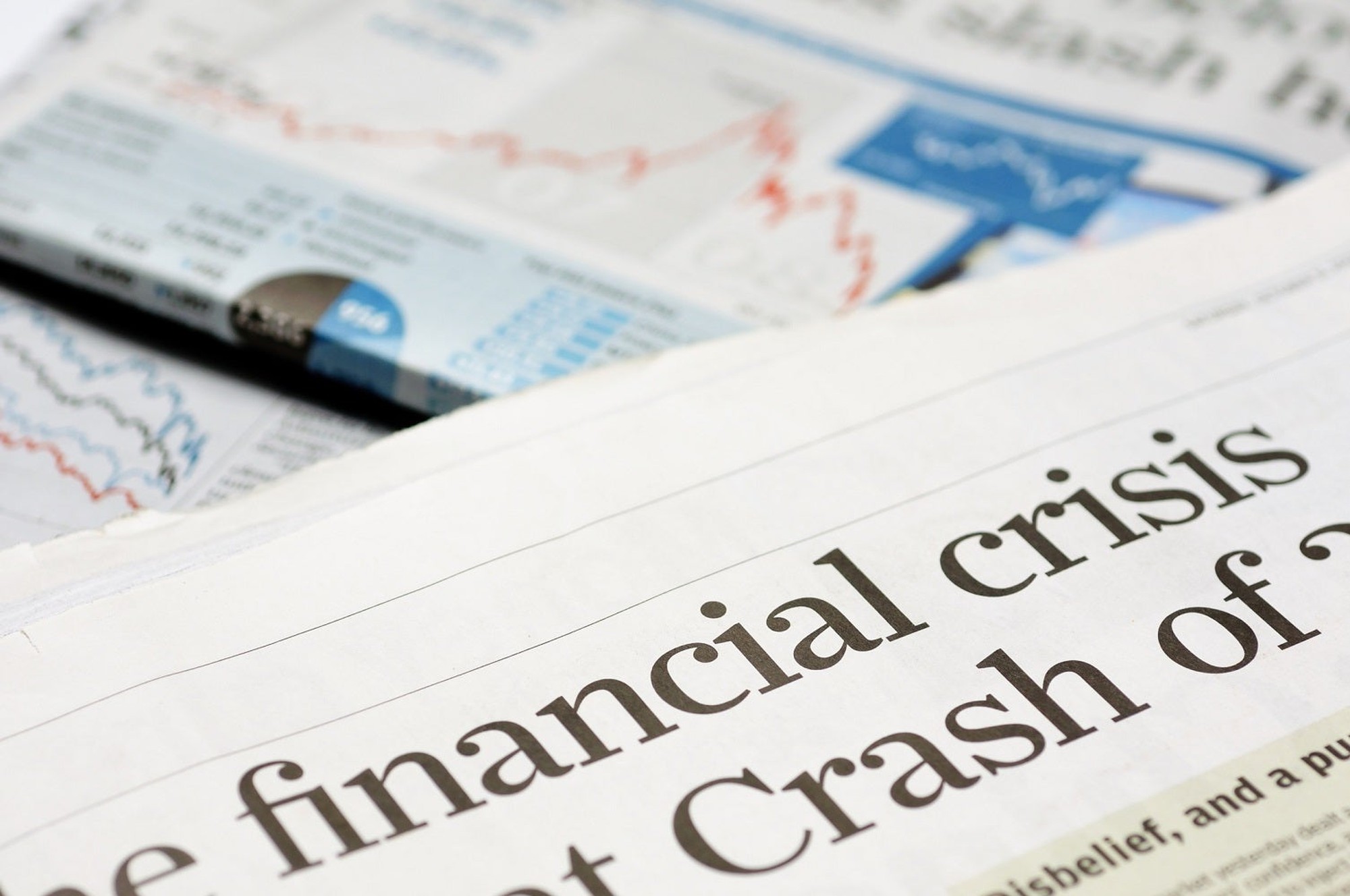
How Prepared Are You for the Next Recession?
The 2008 recession has been one of the biggest downturns in living memory. That said, many of the most severe effects of it have now eased. Most UK businesses have managed to get out the other side of it; but the fact is that it’s only a matter of time before they find themselves facing the same challenges, they saw a decade ago. For the past few years, economists have tipped us as being on the verge of the next big recession. And while their predictions have so far proved inaccurate, it’s only a matter of time before the next downturn hits.
With uncertain times ahead around the world, from Brexit to the possibility of a Chinese recession, it’s worth putting in the time now to analyse your supply chains. A small amount of analysis and preparation now means that you quickly adapt to change when you need to.
There are limits to what you do to strengthen your supply chain before a recession. And there’s little sense in trying to change your business model and supply chain when you don’t know when or how the next recession will affect you. But what you can do is work out how best to adapt, should a downturn hit. By assessing weak points now and ensuring that every link in your supply chain is as reliable as possible, you can guard against the worst outcomes.
Once a recession does hit, companies need to focus on two key aspects of their supply chain to stay on top: cost and efficiency. These are relevant at every step of the chain. Increased outgoings and smaller profits are the first effect recessions have on businesses. Orders are cancelled and customers are less inclined to spend money. However, you still need to uphold ongoing contracts with suppliers, even though you know that you’re going to have difficulty making back what you pay due to a drop-in demand. The end result is an increased inventory that shows no signs of being sold. The problem can be made far worse if a supply chain isn’t already operating efficiently. Many industries today work on a ‘Just on time’ approach – assuming that reliable demand means a constant turnover of stock, with the minimum amount of inventory left in storage.
A serious recession will affect every link in the chain, limiting efficiency, increasing spending on storage, and forcing you to cut your outgoings.
Inefficient supply chains can survive during the good times. But once things start getting squeezed in a recession, you need to ensure everything is functioning as smoothly as possible. Economic downturns are unpredictable, but most businesses can adapt and get through them, if they make decisions with an eye on the long, rather than short term. It’s easy to make the mistake of cutting costs at every juncture, in the hope that short-term savings will be enough to keep things going. Ultimately, it’s a better idea to focus on changes that can bring long term success, rather than indiscriminately cutting costs in the hope of weathering the storm. But cutting costs in the right places can make the difference between success and failure.
It may seem counterintuitive to plan for the good times when in the midst of a recession. But companies that can keep functioning at a lower level, rather than simply running on a skeleton crew, have a much better chance of making the most of things when the economy improves. An efficient (and cost-efficient) supply chain lets your business stay afloat. It also means you don’t need to make drastic changes that will limit your potential once a recession has passed by.
Ultimately, the most important thing for any business looking to prepare for the next recession is to ensure a degree of flexibility. Businesses have a limited ability to plan ahead for a recession, as it’s impossible to know how it will affect you. Flexibility of workforce, risk-aware contracts with suppliers, and a variable-cost structure are all measures that can be developed during good times. However, once a recession does hit, the most important thing is to be able to get immediate data on every aspect of your supply chain. Without reliable up-to-date information, it’s impossible to adjust and ensure that turnover remains high, and outgoings are low. Supply chain planning solutions let you respond to events as they unfold. They also let you plan ahead, providing a detailed understanding of your supply chain based on solid facts. With the necessary information, you can plan ahead during the good times. And if a recession does hit, reliable data means you can quickly adapt your supply chain and stay a step ahead of the downturn.


